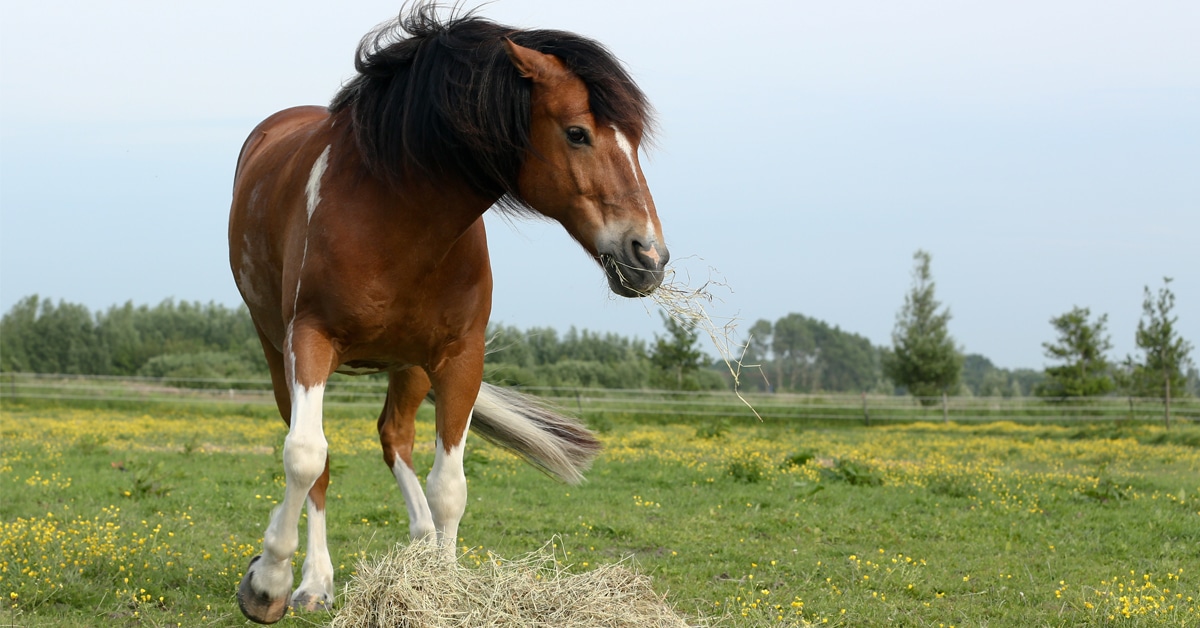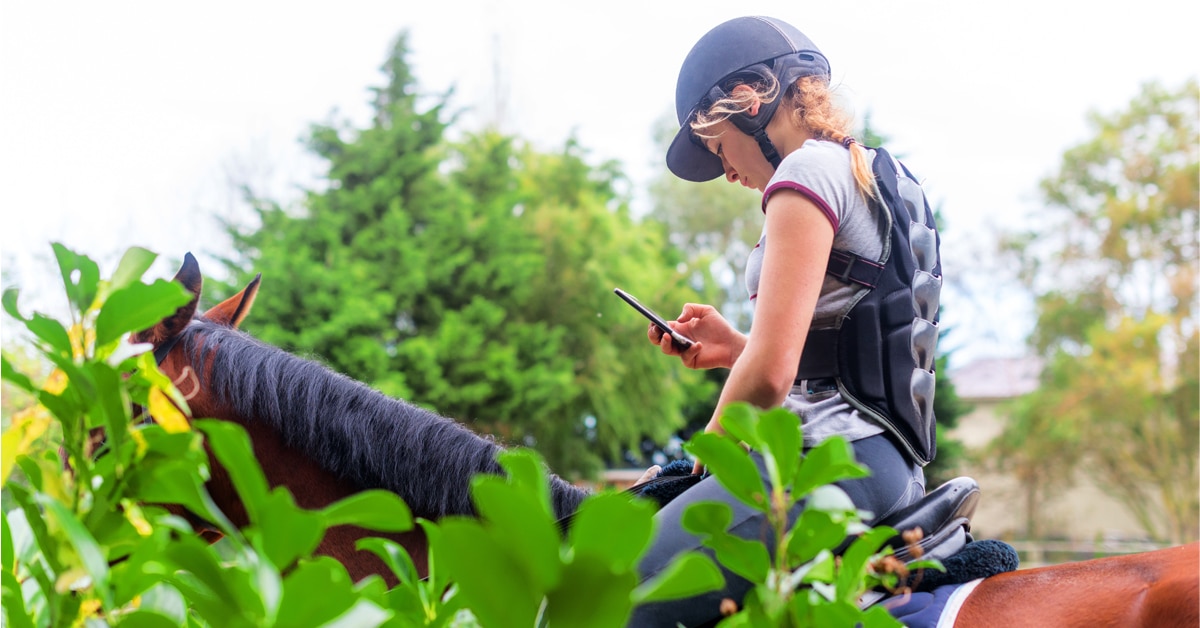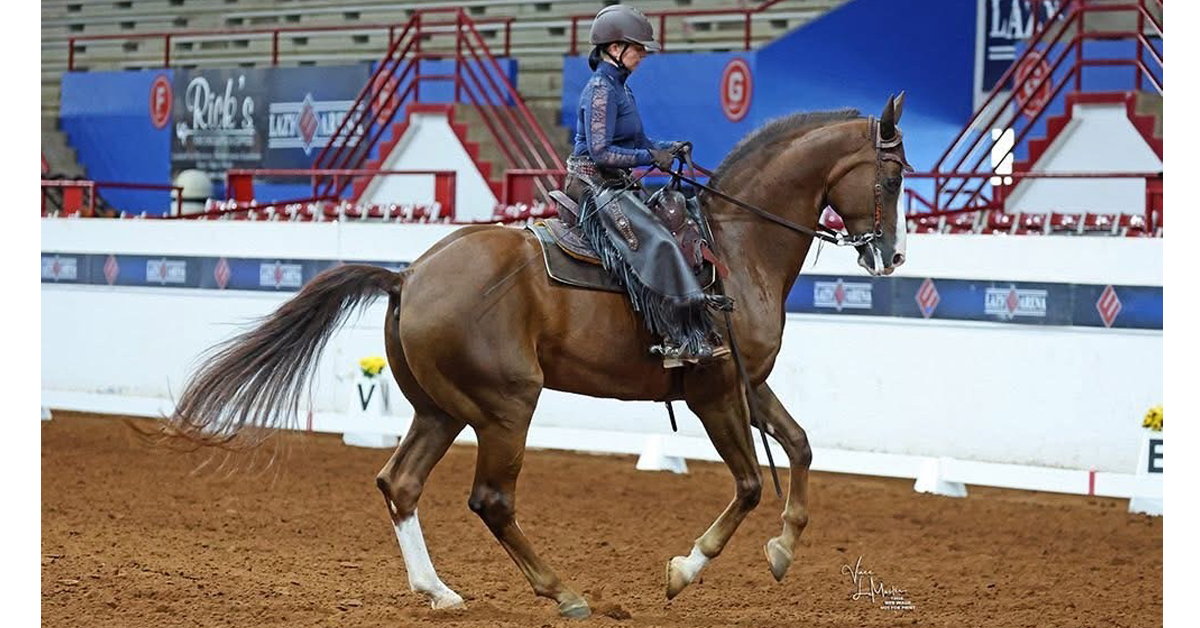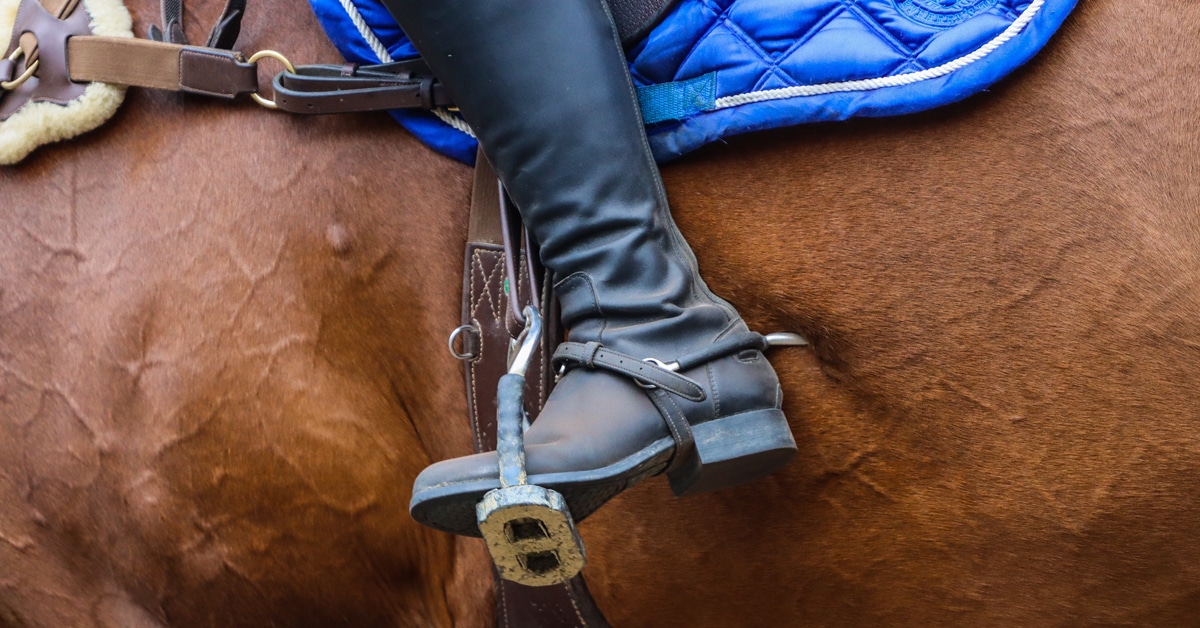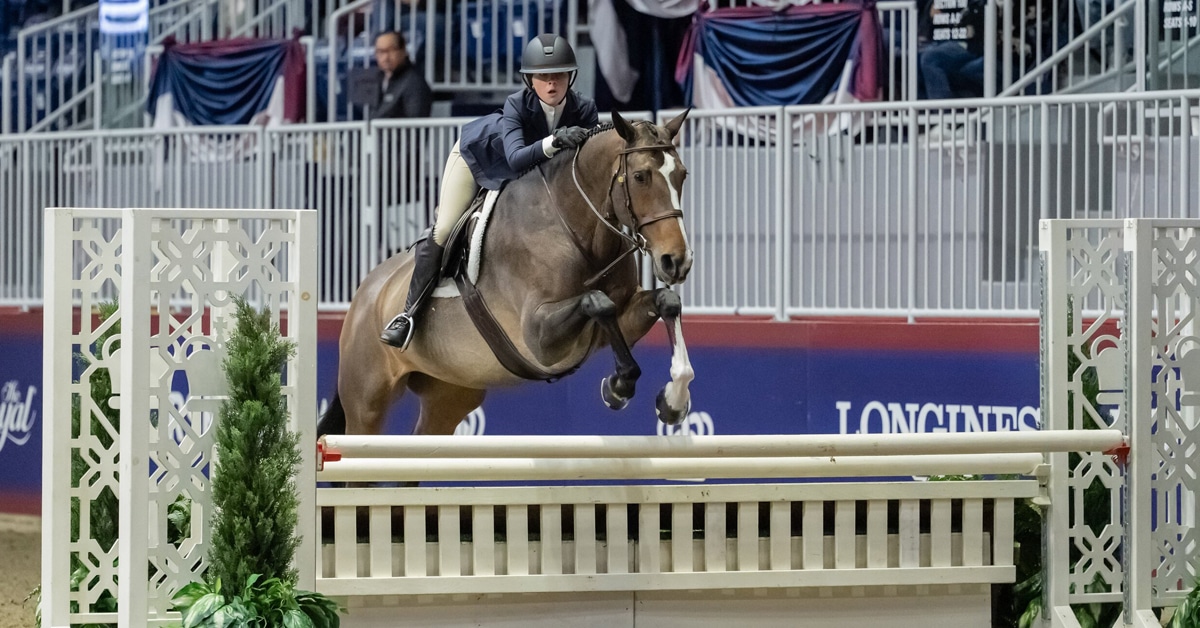When it comes to safeguarding your horse’s health through vaccination, a one-size-fits-all approach simply doesn’t work in a country as large as Canada. Crafting an effective vaccine strategy requires a thoughtful evaluation of several key factors, including your horse’s age, reproductive and disease status, transportation frequency and the specific environmental and geographical risks of your area. For example, the prevalence of disease vectors like ticks or mosquitoes, the type of forage your horse consumes, and the size and population of your stable can all influence vaccine recommendations. Additionally, travel plans and participation in breeding programs can necessitate adjustments to your vaccination strategy.
Your local veterinarian is an essential partner and can help you stay up to date on new information regarding diseases in your area as well as develop the most appropriate way to protect your horses from any infectious risks they may encounter.
Understanding Immunity in Horses
Horses have two types of white blood cells that help prevent them from developing sicknesses after exposure to viruses and bacteria. One type, the B cell, identifies and flags invading bacteria and viruses by making proteins called antibodies that stick to the infectious agent and clearly mark them as different from the horse’s normal cells. This allows T cells, the other type, to destroy and eliminate the threat. They accomplish this by swallowing the invading pathogen or by neutralizing them with enzymes.
This immune response timeline averages approximately 21 days from first exposure to a new infection. “The process is much faster if the B cells already recognize the bacterium or virus. Quicker recognition of the virus or bacterium reduces their chances of gaining access to vulnerable cells and tissues,” explains Dr. Erin Ramsay, regional veterinarian with the Department of Fisheries, Forestry and Agriculture in Newfoundland.
This recognition stems from previous exposure to bacteria and viruses throughout the horse’s life. Some horses naturally encounter pathogens through their environment and interactions with other animals. They can also be exposed to pathogens through vaccination.
How Vaccines Work
Vaccines are made from bacterial or viral cells that have been killed or weakened, or from their components. Because they contain components or weakened versions of the target illness, they cannot cause infection in your horse. However, they are designed to stimulate your horse’s immune system to produce antibodies, prompting it to “recognize, respond and fight against infectious disease-causing bacteria and viruses in a safe and controlled way before a natural exposure or infection occurs,” says Ramsay. This allows the horse’s system to stand a much better chance of fighting off the disease, she adds. If your vaccinated horse does become infected, its battle with sickness will be less severe, leading to better outcomes.
She assures horse owners that “vaccines are designed and tested for safety in laboratories and monitored for efficacy against diseases significant to your horse’s health and safety. We vaccinate horses against a lot of different bacteria and viruses depending on a risk assessment and current evidence-based preventative medicine.”
Core Vaccines
Core vaccines are recommended universally for all horses, regardless of their geographic location in a particular region or lifestyle. They target highly contagious viruses that can have severe consequences for your horse if contracted and can also be transmitted to humans and other animals. Core vaccines cover infectious agents that are present in your horse’s environment and carried by local wildlife. This means your horse doesn’t need to be exposed to other horses to become sick. Across Canada, the five main core vaccines generally include:
• Tetanus
• Eastern equine encephalitis (EEE)
• Western equine encephalitis (WEE)
• West Nile virus (WNV)
• Rabies
While these are all recommended core vaccines across the country, there are regions where the risk of certain diseases is low, so horse owners and their veterinarians opt out of some core vaccinations. For instance, geographic isolation means Prince Edward Island has seen only three reported cases of rabies since 2004 and the island of Newfoundland has had no confirmed cases since 2003. Because of this, in both provinces, many veterinarians offer this core vaccine as needed based on risk and travel. Rabies is also rare on Vancouver Island and is often offered after discussion with a veterinarian. (Rabies is an important vaccine to consider, however, even when risk is low. Confirmation that a horse has been vaccinated not only protects its human handlers, since it causes fatal illness, but also simplifies finding differential diagnoses for neurologic symptoms.)
WNV, which is most prevalent in Ontario, Quebec and the prairies, is also rare in P.E.I. and Newfoundland. In the latter province particularly, the cool climate has limited the spread of mosquito species known to harbour the virus. However, in areas across Canada where WNV has historically been less of a concern, increased temperatures due to climate change could augment the risk to horses and owners. Monitoring by the Canadian Food Inspection Agency (CFIA) and the Canadian Wildlife Health Cooperative for the virus continues.
Four of the five illnesses prevented by core equine vaccines fall into one of two reporting categories through CFIA: reportable diseases and immediately notifiable diseases. Laboratory confirmed cases of these infections are published and tracked by the federal government. Immediately notifiable diseases are exotic to Canada, for which there are no control or eradication programs. Both EEE and WEE as well as WNV fall into this category. They must be reported to CFIA by the laboratories undertaking the tests for these viruses. Reportable diseases can affect human health, animal health and the Canadian economy and must be reported to CFIA by veterinarians. Rabies is a reportable disease.
It is worth noting that while WEE continues to be a core equine vaccine, no confirmed cases of it have been reported in Canada in decades. With news reports this past summer out of the U.S.A. of human deaths from EEE and communities resorting to curfews to curb outdoor activities during mosquito-rich hours, is the risk of EEE higher these days for Canadian horse owners? Like WNV, it fluctuates but, with increasing temperatures and shifting weather patterns, who knows? In 2023, the Canadian Animal Health Surveillance System reported 22 confirmed cases of EEE. This year, nine cases were reported in Ontario and two in Quebec in the month of August. All horses died; nine of the eleven were unvaccinated.
Risk-based Vaccines
Risk-based vaccines protect horses from potential infections where a horse is either exposed directly to other horses or to the movement or transport of other horses. This can include sharing a fenceline, leaving the property for shows and clinics, belonging to a stable where other horses leave for shows or clinics or even when being transported for medical care. Across the country, equine herpesvirus I and IV (also known as rhinopneumonitis) equine influenza and strangles are often recommended vaccinations.
The strangles vaccine must be discussed with your veterinarian if your horse is older or doesn’t have a documented vaccine history. “If your horse already has a high level of antibodies in their system and is given the vaccine for strangles, it can develop an immune reaction that can be life-threatening, so we need to be cautious with its administration,” cautions Dr. Michelle Husulak, lecturer and clinical faculty member of the Western College of Veterinary Medicine in Saskatoon.
Potomac horse fever is another environmental risk for horses in certain areas of the country, notably British Columbia, Alberta, Manitoba, Ontario and Quebec. As it is carried by snails and other aquatic insects, it tends to be a concern for horses that have access to natural water sources in regions where it is present and should be considered as a risk-based vaccine for horse owners.
Botulism is an important vaccine to consider if you tend to feed your horse haylage or silage. Horse owners in some areas of the country, such as Newfoundland, depend more on this type of feed source and, therefore, should discuss the risk of botulism with their veterinarian.
What Exactly Constitutes Risk?
“I think it is important to really assess what risk-based means,” says Husulak. “A lot of people would say, ‘My horse isn’t showing or travelling, [or] going to clinics,’ but they do have a horse that is doing that in their herd, such as a kid’s 4-H horse. They will only vaccinate the travelling horse, and not the rest of the herd.”
Dr. Gillian Dobson, founder of Elm Creek Equine Veterinary Services in Manitoba agrees. “If you own a trailer, or there is any chance your horse or another horse at the same stable may ever need to be transported, you really need to vaccinate with risk-based vaccines.” She goes on to say that is especially true when safeguarding your horse against equine herpesvirus and equine influenza.
Husulak makes a point of mentioning the increased vulnerability of senior horses in the herd. Because many senior horses are retired from show or racing careers and no longer travel from their home farm, horse owners may not realize that they are still at increased risk of contracting viruses from other horses that continue to be transported off-property. As a result, they often opt out of vaccines for their senior horses, who are then left without that additional protection. Because of their age, they can be more susceptible to infection and complications from viruses, particularly influenza, and can become more sick than other horses in the herd. This danger is even more notable in seniors with pituitary pars intermedia dysfunction (PPID) or Cushing’s disease, because it suppresses
the horse’s immune system.
Proper Vaccination of Foals
According to Dobson, a significant gap in horse owner knowledge is the vaccination of foals. There can be a lack of communication between breeders and purchasers of weanlings at the age of four to five months. Often, weanlings are not vaccinated before sale, and the antibodies that they received via their dam’s milk are no longer viable. For new owners who purchase vaccinated foals, it isn’t always entirely clear which vaccines they have received. Many young horses are vaccinated by their new owners as yearlings and subsequently receive a booster dose when they haven’t acquired initial immunity through proper vaccination as foals.
Foals are much more vulnerable to viruses such as equine influenza, WNV and especially tetanus, particularly colts at gelding time. Dobson underlines the importance of an initial vaccination with core vaccines at weaning, followed by a second vaccine four to six weeks later. The third dose, at one year, completes the initial series. When properly vaccinated as weanlings, the yearly boosters offer considerably more effective protection.
In addition to the core vaccines and locally relevant risk-based vaccines, broodmare owners should ensure that their mares are up to date with the equine herpesvirus vaccination to reduce the risk of abortion. Vaccinating stallions and mares for equine viral arteritis (EVA) is also an important healthcare strategy for breeders. Stallions can become carriers for this serious infectious disease that can cause general illness (ocular and respiratory symptoms, gait changes and other systemic signs), and, more seriously, abortion in infected mares and sometimes death in young foals.
For horse owners desiring more in-depth information regarding horse vaccinations and evidence-based guidelines, veterinarians recommend consulting the American Association of Equine Practitioners website, whose recommendations are accepted and supported by equine veterinarians across Canada. The University of Guelph’s Vaccination Equi-planner Tool allows owners across the country to assist in customizing a personalized vaccine strategy (guidelines only) and offers fact sheets on equine diseases.
There is no one perfect strategy to vaccination. Consulting with your local veterinarian is crucial for assessing your horse’s individual risk factors and tailoring a vaccination plan that suits your situation’s unique needs.
The Latest
